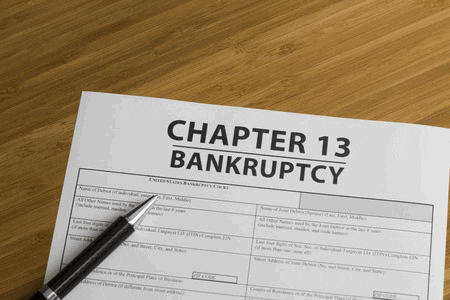 Among the various forms of Bankruptcy relief available to Debtors in the United States, one of the more popular forms is Chapter 13 Bankruptcy. Chapter 13 Bankruptcy is so named because it was formulated and enacted by Congress, under Chapter 13 of the Bankruptcy Code.
Among the various forms of Bankruptcy relief available to Debtors in the United States, one of the more popular forms is Chapter 13 Bankruptcy. Chapter 13 Bankruptcy is so named because it was formulated and enacted by Congress, under Chapter 13 of the Bankruptcy Code.
Chapter 13 Bankruptcy is sometimes called a Debt Reorganization or a Wage Earner’s Plan. In a Chapter 13, the Debtor makes a monthly payment to a Trustee, who then distributes such payment to the Creditors, who are subject to the Chapter 13 Plan.
Chapter 13 Bankruptcy is commonly used to stop Foreclosures on Real Estate and Repossessions of Automobiles and other Property. Chapter 13 Bankruptcy is also used by Debtors for whom a Chapter 7 Bankruptcy would not be beneficial to their interests, such as a Debtor who has a significant amount of Assets that are not Exempt under the applicable Federal or State Exemption Laws. The Chapter 13 enables the Debtor to retain the entirety of his or her Assets, and pay the value of the Non Exempt Assets over a period of 36 to 60 months.
Chapter 13 Bankruptcy is also filed by Debtors who are not eligible to file Chapter 7 Bankruptcy, such as higher wage earning Debtors.
Image credit: 123rf.com
